Food insecurity: What to eat?
Research report says almost half of Pakistanis do not have access to sufficient food for active and healthy life.
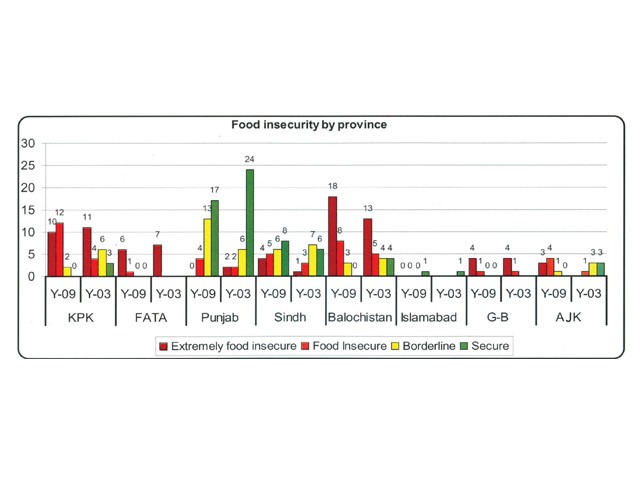
“What do you collect from these dirty places?”
“We collect items that we sell to get money,” he replied. He and his brother were collecting discarded plastic items from the garbage dump. Bakht was holding a rotten apple in his hand.
“Where did you find this apple from?”
“It was lying in this garbage bin. We [also] get our food from these places,” the two brothers replied in unison.
While the government was busy tackling other issues, the issue of food insecurity has grown over the past six years, according to a research report.
The report titled “Food Insecurity in Pakistan 2009”revealed that the state of food security in Pakistan has deteriorated since 2003. It was jointly published by three non-profit organisations Sustainable Development Policy Institute, Swiss Agency for Development and Cooperation and World Food Programme. Food security, as defined by The World Food Summit in 1996 and used by the report, is a state “when all people at all times have physical and economic access to sufficient, safe and nutritious food to meet the dietary needs and food preferences for an active and healthy life.”
Facts and Figures
According to the report 80 of 131 districts in Pakistan have inadequate food security. The situation was much better in 2003, with the number such districts was 54 out of 120.
Almost half of Pakistanis do not have access to sufficient food for active and healthy life at all times, the report said.
The Federally Administrated Tribal Areas (FATA) have the highest percentage of food insecurity, with 67.7 per cent of the population unsure of their food sources. Balochistan follows with 61.2 per cent and Khyber Pakhtunkhwa (KPK) is third with 56.2 per cent food insecurity.
People with the lowest food insecurity are in Islamabad (23.6 per cent).
In contrast, Dera Bugti in Balochistan has the highest percentage of people with food insecurity (82.4 per cent).
Ten of the 20 districts with the worst food insecurity situation are in Balochistan, followed by five in FATA, three in KPK and one each in Gilgit-Baltistan and Sindh.
Dera Bugti, Musa Khel, Upper Dir, North Waziristan, Kohistan, Mohmand, Dalbadin, South Waziristan, Orakzai and Panjgur are the 10 districts with worst conditions for food security in Pakistan.
Food and Security
Despite a six percent increase in the wheat producing districts between 2003 and 2009, the ratio of surplus food producing districts declined from 28.3 per cent in 2003 to 17.5 per cent in 2009, according to the survey report. Conditions of access to food in Balochistan have particularly deteriorated, the report said. Compared to none in 2003, Balochistan had 16 districts with worst conditions of access to food in 2009.
Similarly the number of districts with worst conditions in Punjab jumped from one in 2003 to five in 2009, with four of them in southern Punjab.
The report also finds a strong correlation between the deteriorating food security and the rising insurgency and militancy. It states, “Although it is difficult to develop conclusive empirical proof, the strong overlap of food insecurity and militancy provides considerable evidence of a potential nexus.”
The districts with worst conditions for access to food, mostly in Balochistan, FATA, KPK and southern Punjab, are also wrought with militant activity, according to the report.
Published in The Express Tribune, October 16th, 2010.

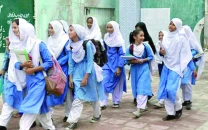
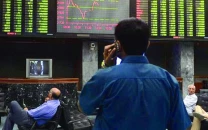
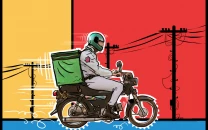
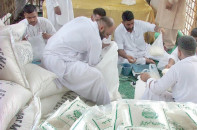

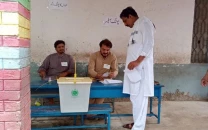




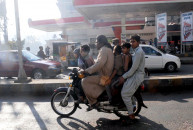
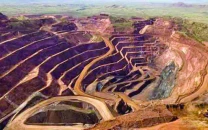






COMMENTS
Comments are moderated and generally will be posted if they are on-topic and not abusive.
For more information, please see our Comments FAQ